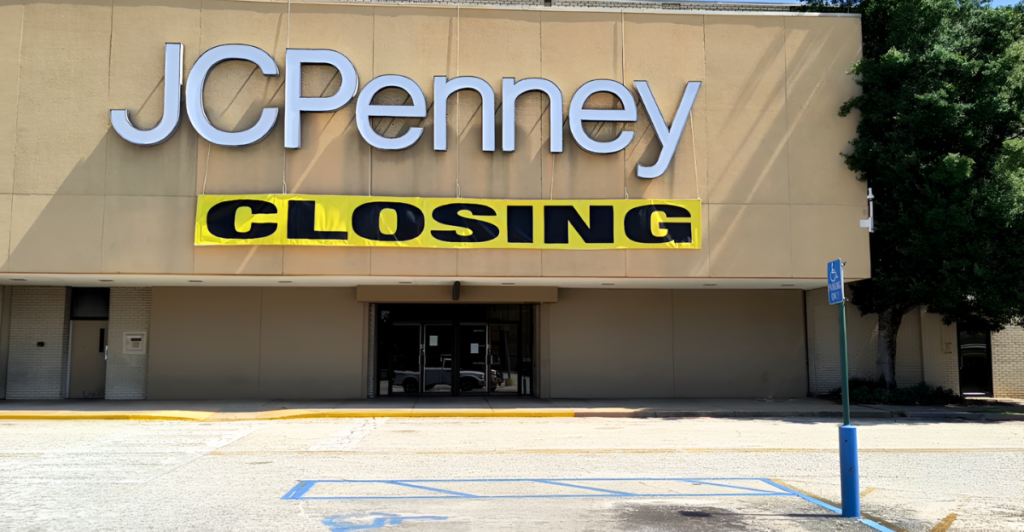
JCPenney’s plan to shut stores in seven states by May 2025 may seem like just another chapter in the ongoing retail downturn. But this move marks a major shift in how retail affects American communities. Once a pillar of malls and local economies, JCPenney is pulling back from regions already hit hard by waning foot traffic and shrinking commercial centers.
These closures highlight a deeper unraveling within the industry. As anchor stores vanish, entire retail ecosystems teeter. What’s left behind isn’t just empty square footage—it’s a signal that the retail model Americans grew up with is rapidly becoming obsolete.
JCPenney’s Exit Mirrors a Larger Collapse
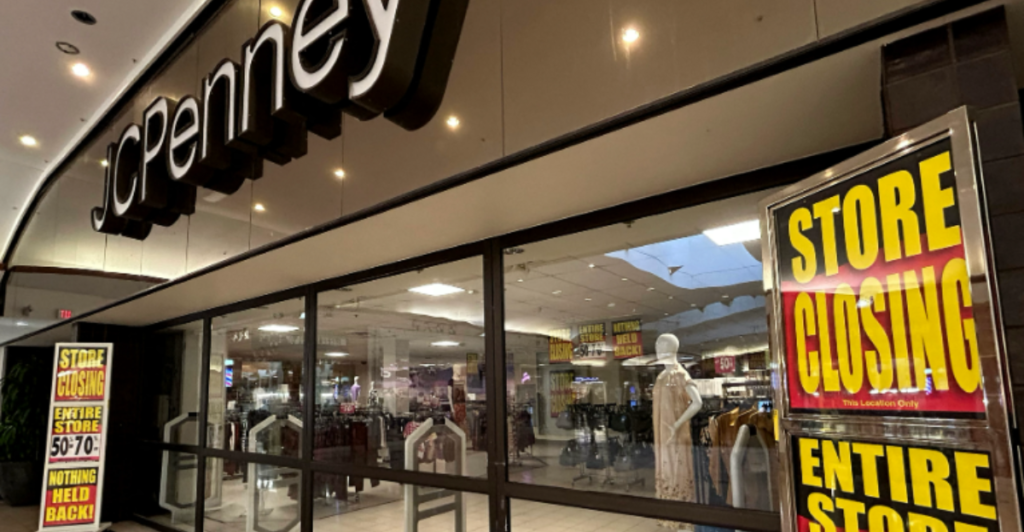
The closure of JCPenney stores across California, Colorado, Idaho, Kansas, North Carolina, New Hampshire, and West Virginia reflects a larger unraveling of retail. While branded as “isolated,” these exits are part of a growing trend: nearly 15,000 store closures are projected for 2025—almost twice last year’s total. Even well-known chains can’t withstand the pressure of e-commerce, evolving shopper behavior, and aggressive cost-cutting.
Rather than a standalone failure, JCPenney’s retreat underscores a broader collapse of traditional retail. It’s one piece in a domino pattern that’s accelerating, not slowing—and it won’t be the last major brand to fold under pressure.
When Anchor Stores Vanish, Everything Follows
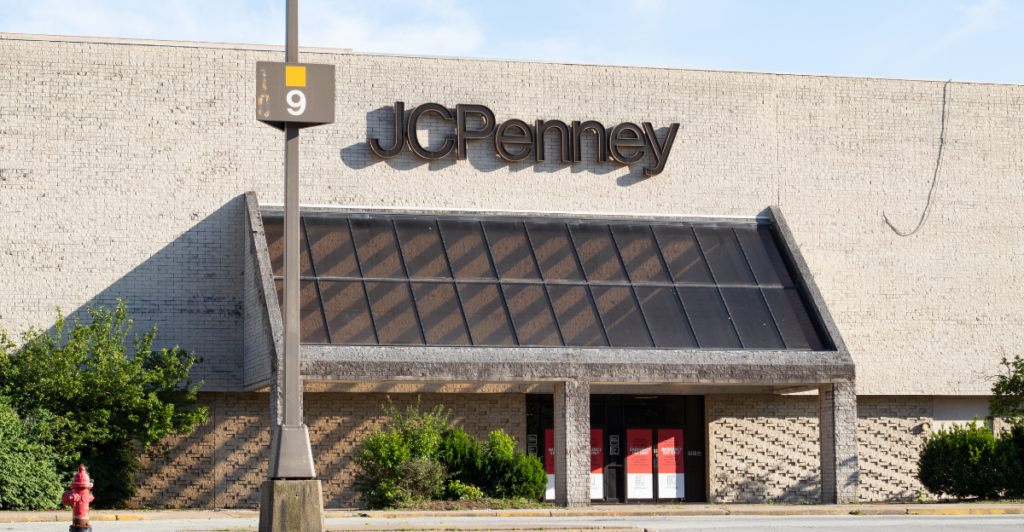
Anchor stores like JCPenney don’t just sell goods—they sustain entire retail ecosystems. Their presence draws foot traffic, helping smaller mall tenants stay afloat. When they close, nearby businesses often see sharp drops in visitors and revenue, prompting further shutdowns. Property values decline, and local governments lose vital tax income.
As these anchors disappear, their absence triggers a cascading economic vacuum. It’s not just the big-box stores that vanish—it’s the community commerce around them. This chain reaction transforms vibrant retail spaces into hollowed-out shells, worsening the already fragile state of many suburban and rural economies.
Store Closures Leave Emotional Scars Behind
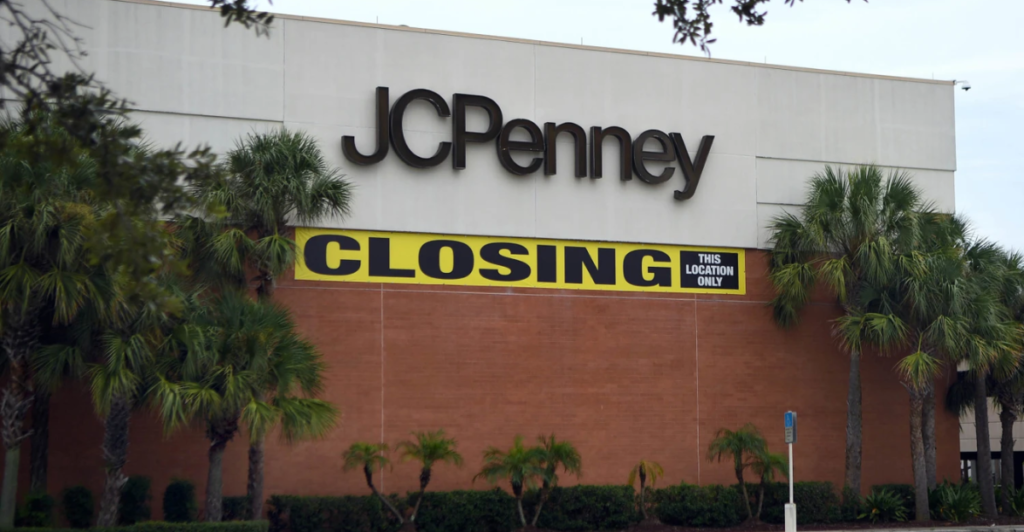
Retail closures carry a psychological weight beyond lost revenue. Employees are left jobless with little notice, facing uncertainty and stress. Long-time shoppers lose familiar, comforting spaces that once served as community hubs. Malls and department stores often double as gathering places, offering a routine and a sense of belonging.
Their disappearance deepens social disconnection, especially in smaller towns. The emotional toll of retail decline often mirrors its economic impact, leaving residents feeling neglected and powerless. As stores vanish, so does a layer of community identity—one that can’t easily be replaced by digital checkout screens and warehouse deliveries.
A Familiar Fall: JCPenney Follows Sears’ Path
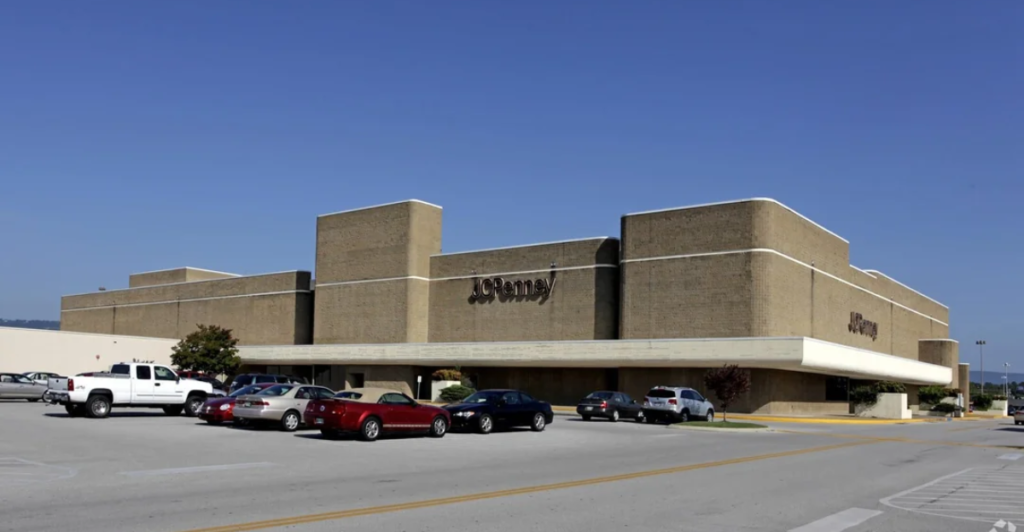
JCPenney’s downturn echoes the collapse of Sears, another retail titan that failed to evolve. Both once-dominant department stores grew too large, carried too much debt, and missed crucial consumer shifts. In JCPenney’s case, slow digital adoption and an aging brand image further eroded relevance. These missteps weren’t just strategic—they were existential.
Just as Sears stores transformed from bustling hubs to empty real estate, JCPenney is following the same downward spiral. History shows these declines rarely reverse. Once a department store loses its cultural and commercial grip, it rarely regains it—making JCPenney’s retreat another chapter in retail’s steady fade.
The Middle-Class Market Is Disappearing

Department stores once thrived by catering to middle-income families—but that demographic is shrinking fast. Rising living costs and stagnant wages have hollowed out the consumer base JCPenney depended on. As financial pressures mount, shoppers are either turning to discount chains or splurging at luxury retailers, bypassing the middle market entirely.
JCPenney’s closures in seven states underscore how vulnerable mid-tier brands have become. The market polarization leaves little space for traditional stores to survive, let alone grow. The retail middle—once crowded and competitive—is thinning out, a reflection of deeper economic divides reshaping both consumer behavior and business viability.
E-Commerce Dominance Leaves Stores Behind
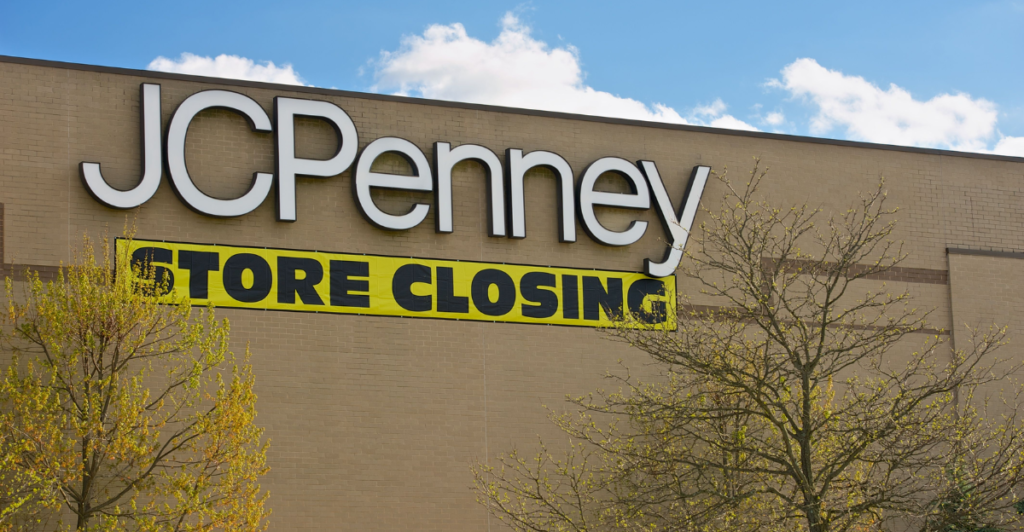
Online shopping has moved from trend to norm, reshaping retail from the ground up. In 2019, online sales made up 21% of all U.S. retail; today, it’s nearly 29%. Shoppers value the ease, variety, and pricing transparency of digital commerce. Despite investing over $1 billion in upgrades, JCPenney couldn’t keep pace.
Consumer habits have shifted permanently, and brick-and-mortar stores are increasingly viewed as inconvenient relics. For traditional chains, digital transformation isn’t enough—it must be radical and rapid. In JCPenney’s case, the pivot came too late. As clicks continue to outperform bricks, the gap only widens, spelling trouble for similar retailers.
Empty Stores Create a Property Crisis
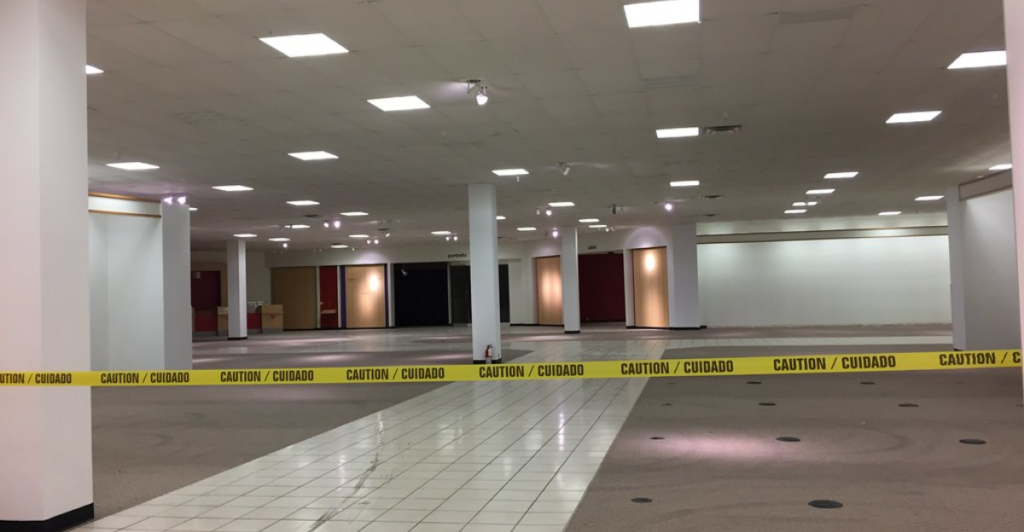
JCPenney’s shutdowns leave behind more than lost jobs—they create massive, empty retail spaces with few clear uses. In many cases, these anchor stores sat in already declining malls. Landlords are experimenting with unconventional conversions, from office hubs to casinos to housing. Yet, oversupply and waning demand often doom these plans.
Communities are stuck with empty buildings that drag down nearby property values and local morale. The ripple effects extend far beyond retail. These vacant spaces become symbols of economic decline, contributing to blight rather than growth. What’s unfolding isn’t just a retail story—it’s a real estate reckoning in motion.
Is Retail’s Collapse a Hidden Opportunity?

Some economists view store closures as a form of market evolution—a painful yet necessary cleansing of outdated models. JCPenney’s exit could pave the way for innovation, giving rise to experiential shopping, mixed-use centers, or online-native brands with physical footprints. Malls may transform into entertainment districts or housing complexes.
Still, reinvention often favors wealthier areas, while rural and underserved communities are left with few options. The idea of “creative destruction” comes with sharp trade-offs. For every success story, there’s a town left behind. The real question isn’t whether retail can adapt—it’s who will benefit, and who will be forgotten.
JCPenney’s Closures Mark a Retail Turning Point

JCPenney’s decision to pull out of seven states is more than corporate strategy—it’s a sign of a retail model nearing collapse. As department stores vanish, the aftershocks spread: job losses, dying malls, fading communities. The retail landscape is reaching a tipping point where adaptation is no longer optional. Survival depends on bold reinvention—digital, experiential, and community-driven.
For consumers, convenience is rising, but connection is disappearing. For cities and towns, the challenge is clear: either reimagine these spaces or watch them become relics. What’s happening now will define the next era of American retail—and reshape Main Street for good.
Discover more DIY hacks and style inspo- Follow us to keep the glow-up coming to your feed!

Love content like this? Tap Follow at the top of the page to stay in the loop with the latest beauty trends, DIY tips, and style inspo. Don’t forget to share your thoughts in the comments — we love hearing from you!